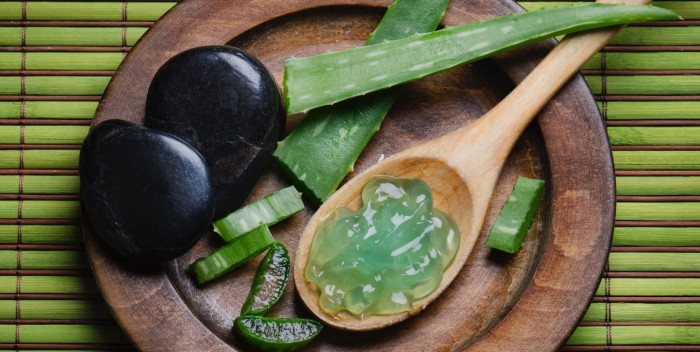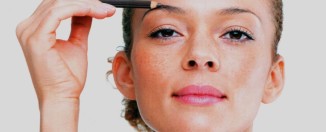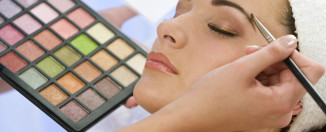Aloe: benefit, harm, application
This plant has long been called a home doctor, it has so many useful properties. In almost every apartment you can see this irreplaceable plant, the name of which is aloe. Today we will consider exactly what useful properties it can boast of and how to use it.
Content
Aloe - benefits
There are a lot of valuable elements in the leaves of this plant, which explains the benefits of the plant. The list of useful biologically active components has more than two hundred. They all differ in their useful properties.
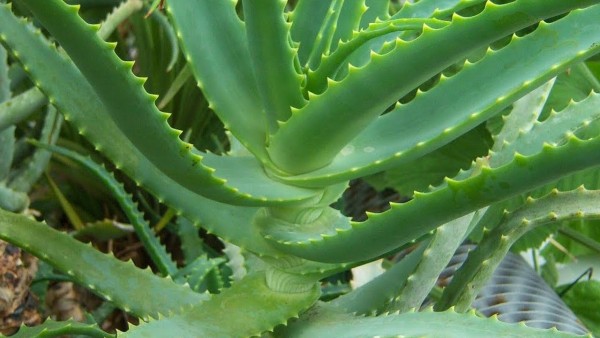 From vitamins, aloe leaves contain all the components of group B, vitamins A, C and E. The pulp of the leaves is rich in anthraquinone glycosides and amino acids. Phytoncides, polysaccharides, gelonins, enzymes and other useful substances are present in the pulp. We will consider in more detail the useful qualities of the plant a little later.
From vitamins, aloe leaves contain all the components of group B, vitamins A, C and E. The pulp of the leaves is rich in anthraquinone glycosides and amino acids. Phytoncides, polysaccharides, gelonins, enzymes and other useful substances are present in the pulp. We will consider in more detail the useful qualities of the plant a little later.
Aloe - harm
Like any other remedy, aloe has more than just positive properties. In some cases, this plant can be harmful. It is absolutely safe to use aloe only for external treatment.
Due to the too high content of biologically active components, aloe can be unsafe for allergy sufferers. Their body can give an unpredictable reaction to the plant. Overdose can cause diarrhea, stomach pain, inflammation and even nephritis. The use of aloe during pregnancy is especially dangerous as it can cause miscarriage.
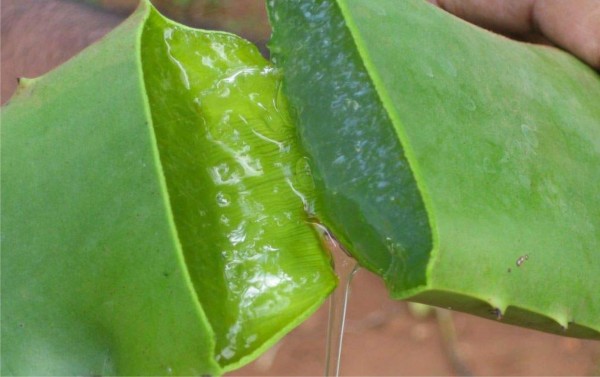 Do not take too long to be treated with aloe. The duration of any treatment with this plant should not exceed two weeks. In this case, aloe can cause the formation of tumors of various types and accumulate in the body as a carcinogen.
Do not take too long to be treated with aloe. The duration of any treatment with this plant should not exceed two weeks. In this case, aloe can cause the formation of tumors of various types and accumulate in the body as a carcinogen.
Aloe - contraindications
As we noted above, aloe can be used externally by almost everyone, without exception. But the use of aloe and preparations from it inside has its own contraindications.
For example, it is contraindicated to use aloe in the following conditions:
- Various liver diseases. It can be different kinds of hepatitis, cirrhosis.
- Diseases of the gallbladder - gallstone disease, cholecystitis.
- Nephritis of the kidneys.
- Bladder cystitis.
- Some types of diseases of the heart and blood vessels.
- Uterine bleeding, profuse menses. This is due to the fact that aloe causes the arrival of shelter to the organs of the abdominal cavity. And with all sorts of bleeding, additional blood flow can provoke a disastrous result.
The healing properties of aloe
There are many types of this plant, each of which has its own beneficial properties. Aloe tree-like is common in our apartments. It is also called the agave. It is this type of aloe that is grown for medicinal purposes. This type of aloe in an apartment can grow up to 1 meter in height and grow densely at the same time. True, aloe does not bloom in the apartment. The flowering process of this plant can only be observed in its natural habitat.
The bacteriostatic and bactericidal qualities of aloe have long been noted. This plant is able to suppress the activity of microbes such as streptococcus, staphylococcus, as well as various bacilli - intestinal, dysentery, diphtheria and the causative agent of typhoid fever.
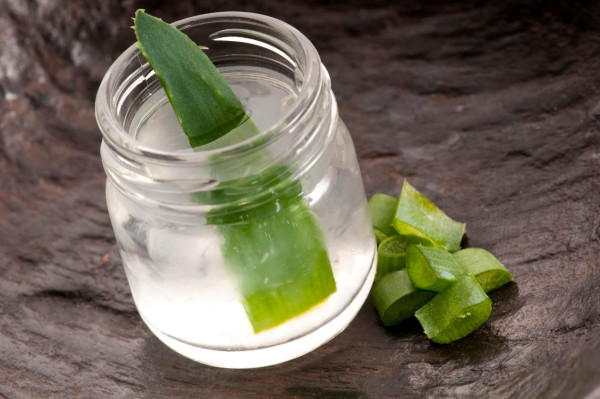 In this regard, aloe is very helpful in wound healing, it is able to cleanse the body of radiation traces. Aloe can also be used to increase the body's defense against infection. Aloe is used for general strengthening of the human immune system as a natural biostimulant.
In this regard, aloe is very helpful in wound healing, it is able to cleanse the body of radiation traces. Aloe can also be used to increase the body's defense against infection. Aloe is used for general strengthening of the human immune system as a natural biostimulant.
For the manufacture of medicines, you can use the leaves and juice from them. On sale you can find condensed aloe juice, which is also called sabur. At home, you can get fresh plant juice or preparations for use in Filatov's tissue therapy.
Traditional medicine recommends using the leaves of a plant that has already crossed the three-year milestone. In this case, you only need to cut off the lower and most fleshy leaves. Juice is squeezed out of them, which must be used immediately. The fact is that fresh aloe juice cannot be stored for a long time - it simply loses its beneficial properties. To extend the shelf life of aloe juice, various alcoholic tinctures are made from it.
Application of aloe
This plant can be used to treat a wide range of different diseases. Some people even give special injections with aloe juice. Of course, homemade juice cannot be used for injections. For this purpose, a special solution in ampoules is sold in the pharmacy. Such internal injections are especially good for treating diseases of the digestive organs, purulent inflammations, ailments of the eyes and respiratory organs.
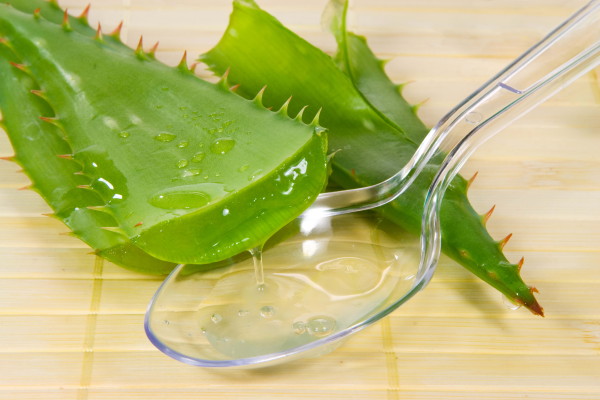 Aloe alcoholic tincture, which can be used to get rid of sore throats and the treatment of burns and various wounds. To prepare such a tincture, the aloe leaf must be cut into smaller pieces and filled with 100 ml of ordinary vodka. The container must be sealed and placed in the cold in a dark place. You need to keep this mixture there for about two weeks. After the end of this period, strain the composition through cheesecloth. For sore throat, take the tincture three times a day. If you get a very bitter tincture, then you can drink it with water.
Aloe alcoholic tincture, which can be used to get rid of sore throats and the treatment of burns and various wounds. To prepare such a tincture, the aloe leaf must be cut into smaller pieces and filled with 100 ml of ordinary vodka. The container must be sealed and placed in the cold in a dark place. You need to keep this mixture there for about two weeks. After the end of this period, strain the composition through cheesecloth. For sore throat, take the tincture three times a day. If you get a very bitter tincture, then you can drink it with water.
The same tincture can be used to treat stomach ulcers or as a digestive aid. For this purpose, it should be drunk before meals no more than a teaspoon.
To increase immunity, such an effective recipe from aloe will help. Grind the leaf of the plant in any way possible - you can use a blender or twist it in a meat grinder. Add a large spoonful of honey to this porridge and mix thoroughly. The mass should stand for a day after which it can already be applied. Eat this remedy in the morning and in the evening with a spoonful before meals.
A recipe from onion juice and aloe juice will help with coughs. Take a small onion and grind it into porridge. Do the same with the aloe leaf. Squeeze the juice out of the plants and mix it. Drink this potion a teaspoon after you have eaten, three times a day.
Aloe for face
Aloe is very widely used in cosmetology. It is suitable for literally any skin and has a positive effect: it moisturizes dry skin, dries oily skin, soothes sensitive skin and gives tone to aging skin.
If you have all sorts of rashes, the skin is oily and shiny, peeling and irritated, prone to allergies, then you just need to use aloe.
The popularity of aloe for cosmetic purposes has prompted some cosmetic companies to commercialize aloe gel. It is in essence aloe juice in a condensed form, to which preservatives are added to increase the shelf life. This remedy is very beneficial for any skin. There should be no extraneous components in the gel, only aloe juice and thickeners.
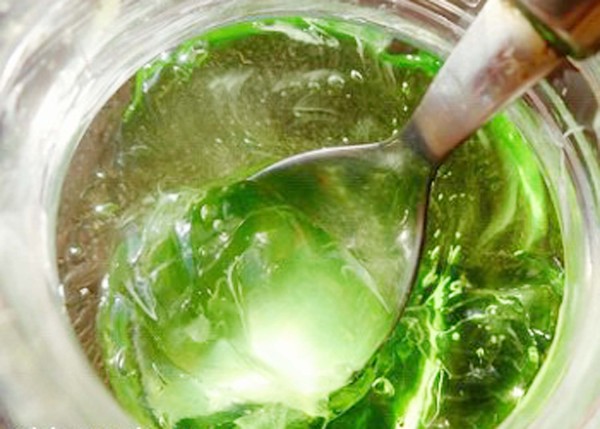 For lovers of everything natural, you can make such a gel yourself. Of course, it will have a short shelf life and only in the refrigerator. To make a homemade preparation, remove the skin from 4 aloe leaves and place the pulp in a clean container. Then mash it with a blender until smooth. Add a little vitamin E to this gruel. The resulting mixture can be used by first diluting with water or adding other medicinal components.
For lovers of everything natural, you can make such a gel yourself. Of course, it will have a short shelf life and only in the refrigerator. To make a homemade preparation, remove the skin from 4 aloe leaves and place the pulp in a clean container. Then mash it with a blender until smooth. Add a little vitamin E to this gruel. The resulting mixture can be used by first diluting with water or adding other medicinal components.
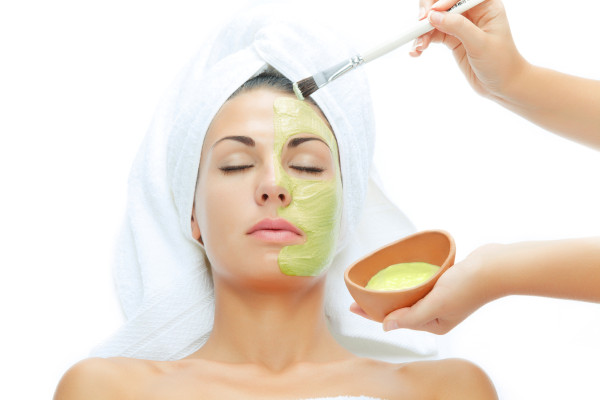 Based on the resulting homemade gel, you can make face masks or lotions. It is imperative to store this product in the refrigerator for no longer than a month.
Based on the resulting homemade gel, you can make face masks or lotions. It is imperative to store this product in the refrigerator for no longer than a month.
- Aloe vera tincture works well for oily skin and can be used as a homemade lotion. It is prepared in the same way as homemade gel. Only instead of vitamin E, it is necessary to add medical alcohol to the aloe gruel. You need to infuse the mixture in a dark place for a week. This tincture is suitable for women with very oily problem skin.
- For normal skin, make a mask of equal amounts of aloe and heavy cream. It perfectly nourishes the skin, makes it smooth.
- For aging skin, the following mask is suitable: 2 parts of sour cream, 1 part of honey and 2 parts of agave juice. Mix everything, apply on your face for a quarter of an hour. It will be very good after such a mask to wash with contrasting water.
- To cleanse and rejuvenate your skin, make a mask of aloe and aroma oils. Take a few drops of ylang-ylang, rose and lemon oils and add a couple of tablespoons of aloe pulp. This mask should be applied to cleansed skin for 10 minutes.
- For oily skin, a mask made of
 oatmeal and aloe. Grind a couple of tablespoons of oatmeal, add the same amount of aloe juice, chopped cucumber and protein from one egg. Stir everything well and apply on face for 20 minutes. As a result, you will notice how your pores have narrowed, your skin has become matte, and acne has dried a little.
oatmeal and aloe. Grind a couple of tablespoons of oatmeal, add the same amount of aloe juice, chopped cucumber and protein from one egg. Stir everything well and apply on face for 20 minutes. As a result, you will notice how your pores have narrowed, your skin has become matte, and acne has dried a little.
Aloe for hair
Few people know, but aloe can be used to solve a wide variety of hair problems. Most often it is included in a variety of hair masks:
- For example, to eliminate hair loss and to strengthen them, you can prepare the following mask: aloe juice, almond oil and honey are mixed in equal parts and applied to the scalp. Then everything is covered with plastic wrap and a warm handkerchief. You need to keep such a mask for about half an hour.
- To add shine to the hair, a mask of aloe juice and burdock oil is suitable.
- And to eliminate dandruff, use a mask of aloe juice and 20% alcohol.
Pure aloe juice can be used as a substitute for a store conditioner. It will make your hair manageable, giving it smoothness and softness.
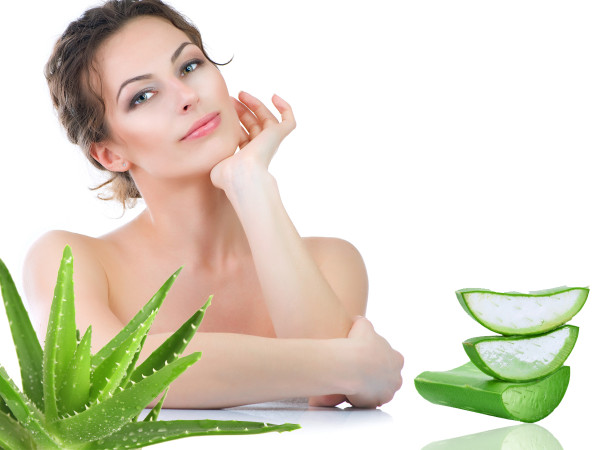 Aloe contains ingredients that can help prevent hair loss. Therefore, the juice from this plant can be rubbed into the head to strengthen the roots and stimulate new hair growth. This simple procedure will help fight dandruff and remove excess oiliness.
Aloe contains ingredients that can help prevent hair loss. Therefore, the juice from this plant can be rubbed into the head to strengthen the roots and stimulate new hair growth. This simple procedure will help fight dandruff and remove excess oiliness.
Lovers of natural products will surely appreciate the aloe shampoo. To make it, take a gel from this plant and add coconut milk and wheat germ oil to it. This shampoo will not only wash your hair, but also moisturize it well.
Aloe for a cold
It is very effective to use aloe juice to eliminate nasal congestion and get rid of a cold. You can instill a few drops of juice diluted in a 1: 1 ratio with water into each nasal passage. Thus, you will relieve inflammation and speed up blood flow, destroy disease-causing bacteria in the nose. Small wounds that may be inside the nose will heal much faster.
Aloe juice can be used for treating a cold even for children over one year old. You just need to take into account that only bacterial rhinitis can be treated in this way. If the disease is of a viral nature, then a severe allergy may begin.
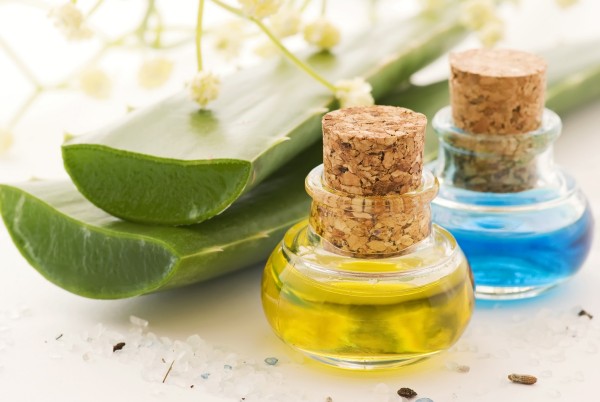 For children, aloe juice should be diluted with warm water in a ratio of 1: 3 and only then instilled in a few drops three times a day. The first effect can be seen a few days after the start of treatment. You need to continue the process for at least five days to maximize the effect of the treatment.
For children, aloe juice should be diluted with warm water in a ratio of 1: 3 and only then instilled in a few drops three times a day. The first effect can be seen a few days after the start of treatment. You need to continue the process for at least five days to maximize the effect of the treatment.
If you want to treat a runny nose in babies in this way, then be sure to first consult with a pediatrician. If he gives permission for such a method, then it can be used. In this case, dilute the juice of the plant with water in a ratio of 1: 5 and bury it in the baby's nose no more than twice a day.
Aloe for acne
Traditional recipes of medicine are very widely used aloe in the fight against various rashes on the face. It is best to take freshly cut leaves for acne treatment, as storing the cut leaf for more than three hours kills all the beneficial ingredients in aloe.
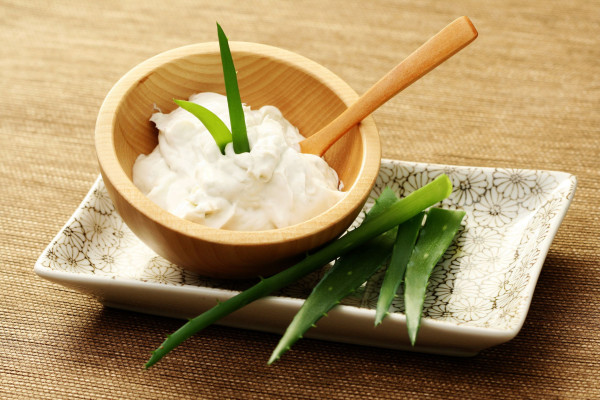 It is useful to make applications from aloe leaves. To do this, take a piece of leaf and cut it into two halves. Apply the pulp to the purulent pimple and secure with a plaster. In this form, you can leave the applique overnight. After just a few applications, you will be able to get rid of acne.
It is useful to make applications from aloe leaves. To do this, take a piece of leaf and cut it into two halves. Apply the pulp to the purulent pimple and secure with a plaster. In this form, you can leave the applique overnight. After just a few applications, you will be able to get rid of acne.
Aloe lotion helps to wipe acne after washing. Mix 8 tablespoons of aloe juice with 2 tablespoons of rubbing alcohol and store in the refrigerator.
A mask of plant juice and a few drops of lemon juice works great on acne and copes with them. Add to this one more egg white and apply on face for half an hour, and then wash.
Of course, aloe is very effective in eliminating various rashes on the face. But remember that it cannot be used in the presence of any kind of neoplasms on the skin and in case of individual plant intolerance. The same can be said for preparations that include aloe.
